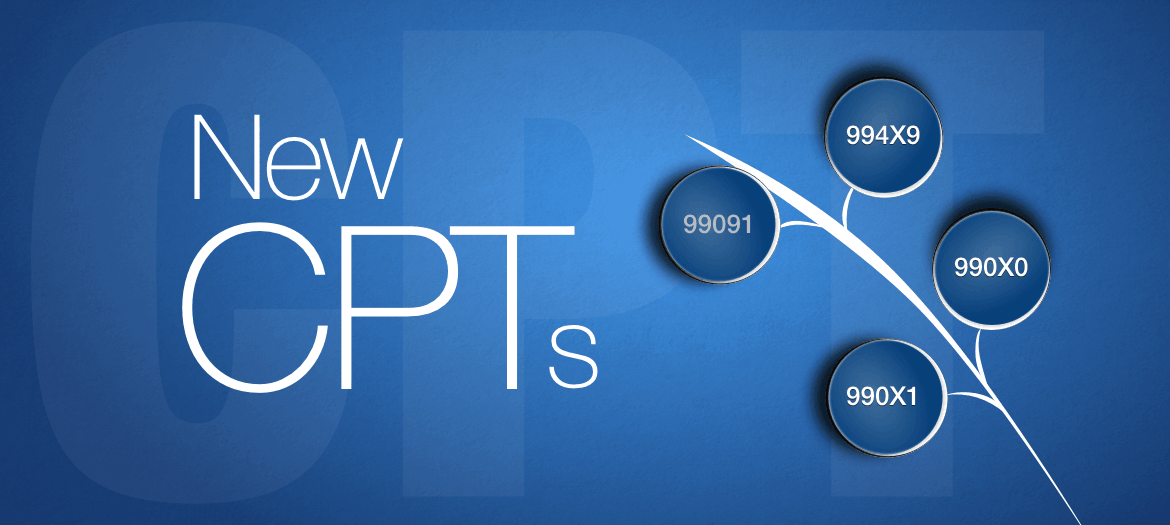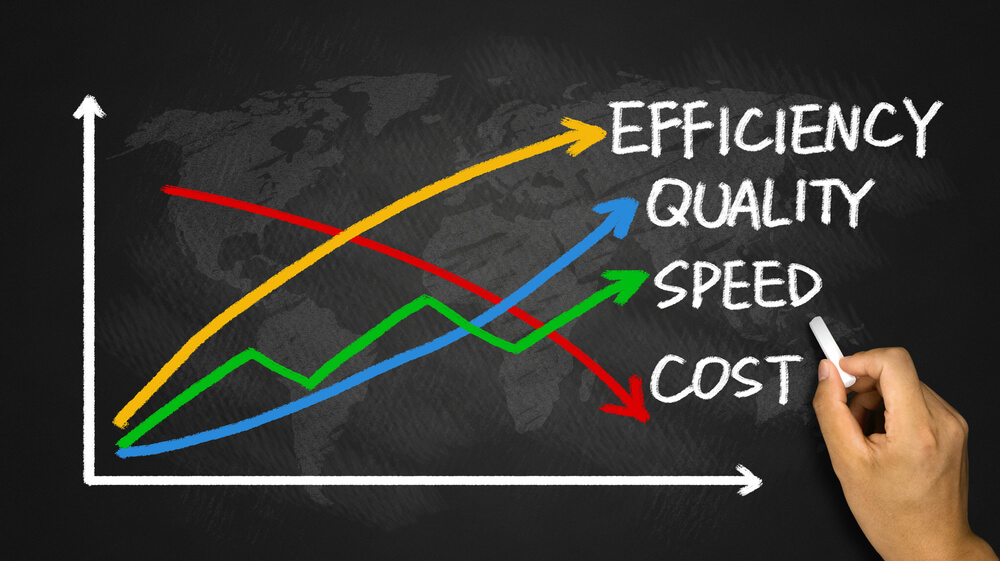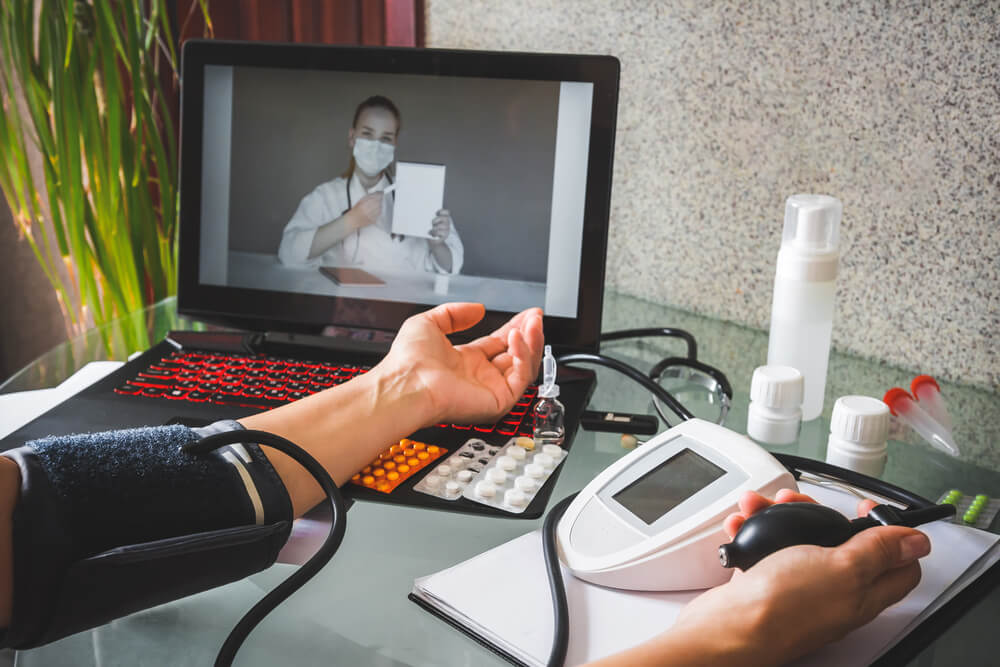CMS is confident that RPM is accompanied by substantial growth and quality opportunities.
Healthcare systems have undergone a rapid transformation with the advent of digital technologies in the healthcare industry. Remote Patient Monitoring (RPM) has evolved as a widely acknowledged healthcare solution, expanding the expertise of care teams beyond the hospital environment. Chronic care management in particular has become much simplified, because of the integration of patient data into clinical care systems via direct-to-cloud connectivity embedded in medical devices.
New RPM Reimbursement Codes

RPM has been a hot topic amongst CMS in terms of reimbursements. During the past two years, CMS has expanded its existing coverage of chronic care management-related RPM and introduced new codes for RPM reimbursement. Leveraging mobile technology for delivering quality care, physicians are turning towards mobile-enabled RPM (mRPM). They are, hence, advised to take advantage of these new reimbursement codes and reap optimal benefits that are expected to accrue from mRPM, including cost efficiencies, and high quality and timely care delivery.
Physicians were allowed to start billing separately for 99091 on January 1, 2018. 99091 is an independent code that can be concurrently billed with CMS’s Chronic Care Management (CCM) program. CCM is essentially responsible for reimbursing physicians for time spent on patient-generated data collection and interpretation. In September 2018, CMS approved three new codes for RPM: 99453, 99454, and 99457. According to the 2019 Medicare fee schedule, these new codes are allocated for general physiological remote monitoring of chronic medical conditions. Moreover, they allow the practices to bill “incident to” for any clinical staff that operates RPM, instead of just billing the physicians. At the same time, they break away the geographic barriers, allowing patient monitoring regardless of patient location.
In 2019, CMS added another level of CCM management to increase the weighting of RPM as a practice improvement tool – CPT 99491. This new code was included under the Merit-based Incentive Payment System (MIPS).
Interestingly, these new codes have been based on a two-year extensive study of the CCM program, which reflected immense cost savings and increases in patient’s awareness of their chronic health conditions. This then paved path for the introduction of new RPM codes for CCM, with the fundamental objective to facilitate the physicians in managing their patients’ chronic conditions in a less costly manner.
Cost Efficiency

The expensive arrangements of the CCM program discourage many physicians from participating. Moreover, physicians also hold reservations regarding the perceived need and associated costs to hire additional care team members or outsourcing services to a third party. This is essentially where mRPM takes lead, essentially by automating schedules through push notifications. Patients are prompted to enter required data such as the biometric, objective, and subjective data, to escalate the overall care delivery process. Once the data has been received and recorded, a clinician evaluates the information to decide further course of action; does the patient need an in-person visit or can he be treated through virtual care?
mRPM further enhances the communication between the patient and the provider, essentially through a dashboard for the physicians and a mobile app for the patient. Deploying this user-friendly app for check-ins between appointments, patients become engaged with their personal health, without overburdening the providers and their teams.
For many organizations shifting to digital solutions, a frequent challenge is maintaining motivation and productivity among team members outside traditional workspaces. Just as consistent communication tools like mRPM keep patients motivated and engaged in their own care journeys, organizations can benefit from strategies for keeping remote employees engaged. Approaches such as structured virtual interactions, digital resource hubs, and regular feedback opportunities not only foster connection but also drive meaningful engagement across dispersed teams.
From the RPM perspective, it is a noteworthy observation that mRPM is more cost-efficient and better equipped to meet patients’ needs as compared to other remote communication methods such as telephonic RPM. Since the majority of the patients already own a mobile device, checking in with the physicians via a mobile app is not a hassle for them. At the same time, its efficiency and consistency features allow significant cost savings. Moreover, it also overcomes many of the nuances of conventional patient-provider interactions – being available at specific times, struggles of managing phone tags, etc.
Patient Engagement

The underlying objectives of a successful mRPM remain to capture relevant patient-reported data and revenue enhancement of the practice. A complimentary benefit accruing from mRPM is stronger patient engagement. Consistent reminders for reporting relevant patient data foster patient engagement, ultimately promoting positive health behaviors.
This act of sending soft constant reminders rests on the basic premise of Nudge Theory. The theory dictates that indirect suggestions and positive reinforcements play a leading role in influencing individual behavior. Hence, physicians can encourage patients to follow healthy habits through mRPM.
Circumventing Data Deluge

mRPM is a cutting-edge technology that helps circumvent data deluge, essentially by controlling the quantity and quality of patient-reported data. A patient is enrolled in an mRPM care journey that is tailored to their individual health needs. They are provided with a questionnaire to assess their requirements, and their responses are forwarded to clinicians automatically through an app. The data is then reviewed by the practice and health systems to assess health risks and devise possible intervention plans for the patients.
The data thus collected is more meticulous and appropriate for patients’ clinical assessment. Moreover, the process is much more streamlined and efficient as compared to flooding of EHRs with non-relevant data, multiple times a day. Instead, it is shared at a pre-determined frequency, whatever is deemed appropriate as per the patient’s requirements.
Interestingly, patients need not learn or specialize in any new device. mRPM works equally proficiently through smartphones and mobile devices, which already enjoy deep penetration in the global market. According to PEW Research Center, 46 percent of seniors owned a smartphone in 2018, while 73 percent of adults aged between 50-64, and 89 percent of adults aged between 30-49 also owned a smartphone. Hence, a pre-existing lifestyle further facilitates the success of mRPM
Chronic disease management imposes a significant burden on the healthcare industry, along with additional costs. Continuous monitoring through mobile health can lead to a significant decrease in health costs while empowering patients and improving the overall healthcare delivery process. By applying remote medical diagnosis and remote patient monitoring systems based on mobile health systems, physicians can greatly enhance chronic disease management. However, the challenges associated with mRPM must be taken into account before widescale implementation.

Join the Discussion!